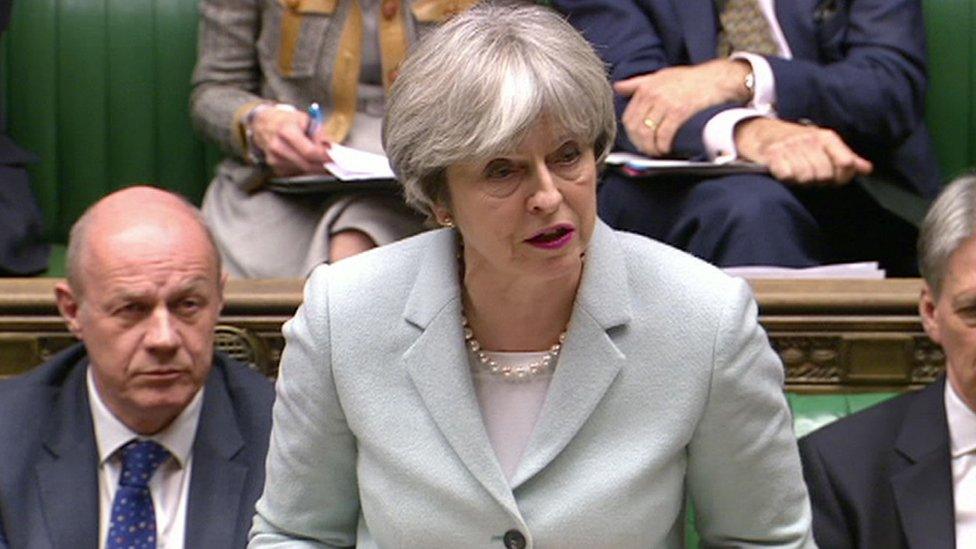What next for Brexit in 2018?
- Published
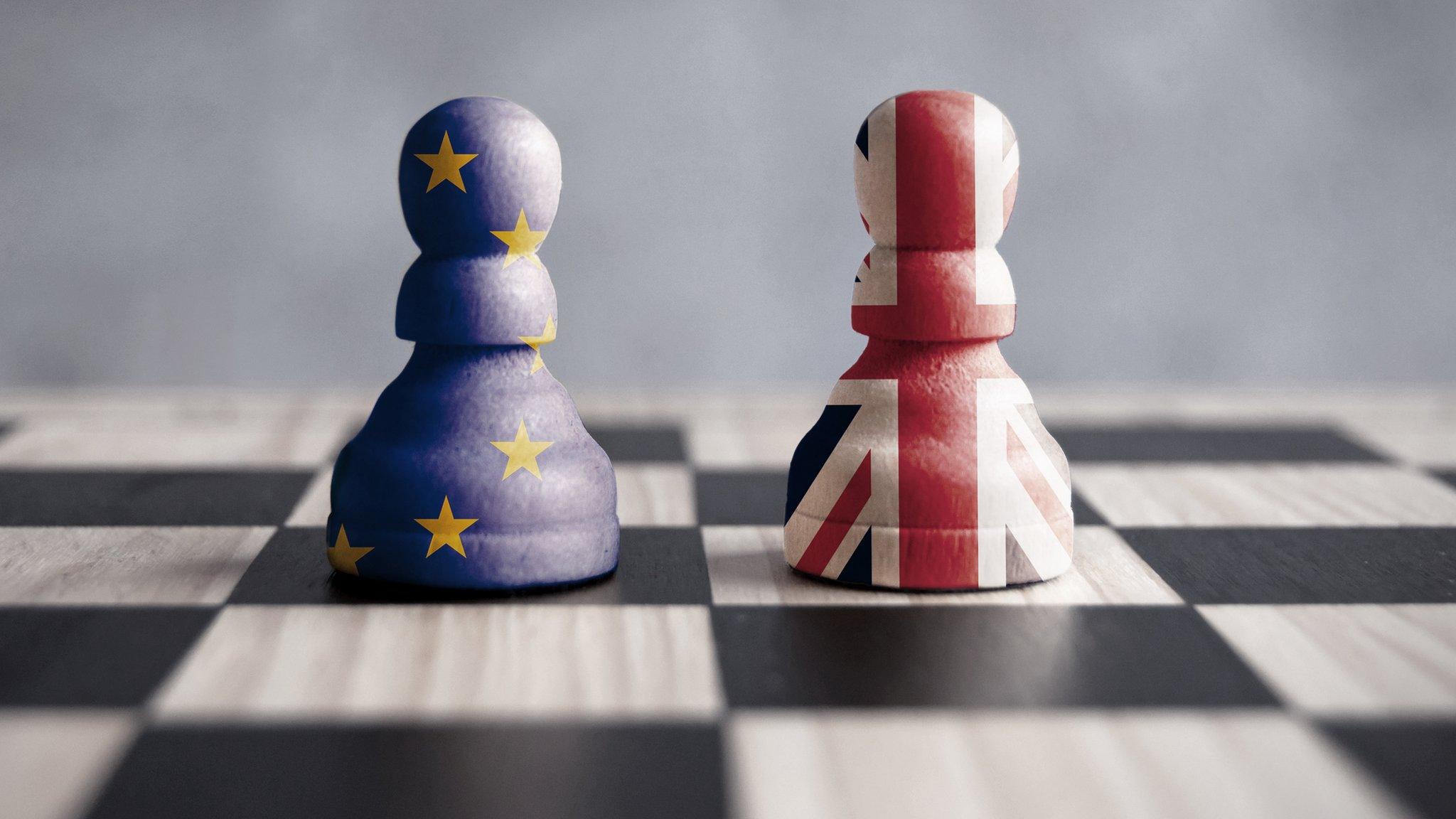
Anyone who tells you they know how Brexit is going to play out in 2018 isn't to be trusted.
After last year's rollercoaster, almost anything could happen.
Another general election? A big shift in the public mood? Both are possibilities - perhaps unlikely, but not to be ruled out entirely.
The only predictable thing is unpredictability. And among both arch-Brexiteers, and ardent Remainers, there is a sense that it is still all to play for.
But the government insists that the UK will leave the EU on March 29 2019, and in the meantime Brexit negotiations will gather pace. Welcome to phase two.
What next?
So what is supposed to happen next?
First of all, the joint EU-UK report on "sufficient progress" needs to be turned into a legal text that will form the basis of a formal withdrawal agreement. And there are still plenty of details that remain unresolved.
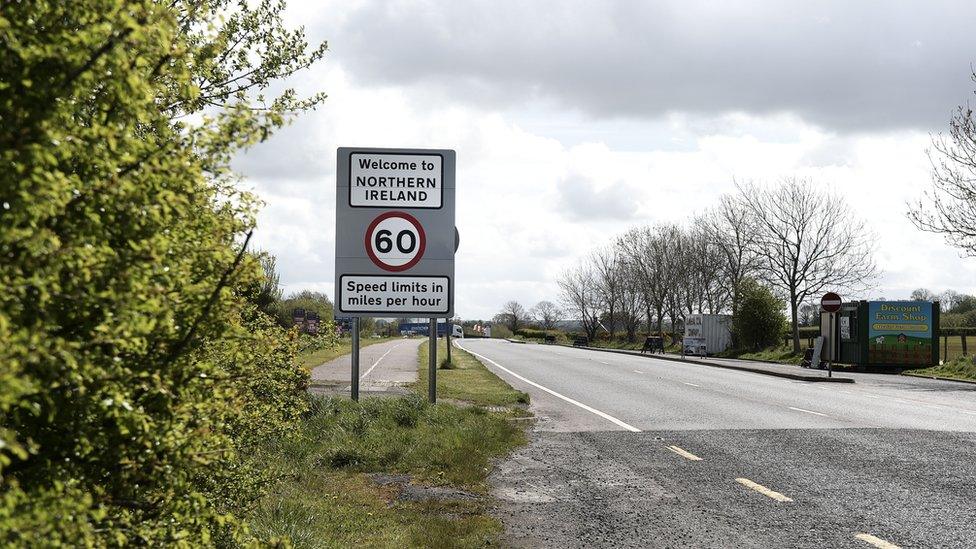
Expect the debate about what "full alignment" at the Irish border really means to re-emerge at regular intervals.
Transition
At the end of January, formal negotiations are also due to begin on a transition period after Brexit.
The EU's position is that the transition has to take place under all existing rules and regulations (including budget payments, the jurisdiction of the European Court of Justice and the free movement of people), and that it should come to an end on 31 December 2020.
No-one in the UK seems entirely happy about the transition proposals. Many businesses say it won't be long enough for them to be ready for a new world after the UK leaves. On the other hand, many supporters of Brexit say the transition will leave the UK as a "vassal state" - following rules without any say in making them.
The future
Either way, the idea of a transition suggests that you know where you are heading. But the debate on the "end state" of Brexit has barely begun.
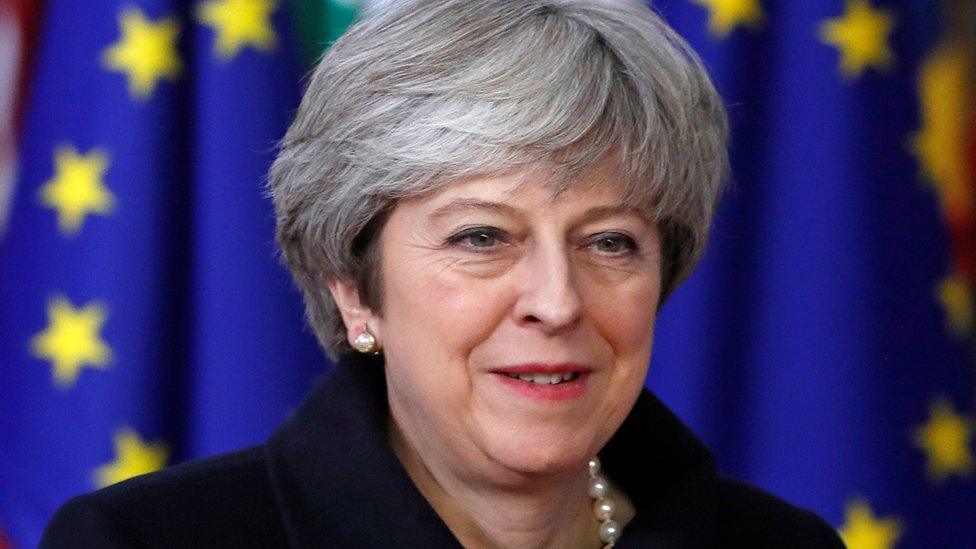
Prime Minister Theresa May is likely to give another big speech on Brexit - perhaps in early February - which may give us further clues about what the UK actually wants.
But first she needs to reach some sort of consensus within her own cabinet. Does the UK stick as close as possible to the EU after Brexit, to try to preserve current economic links? Or does it forge a new path on its own?
The best of both worlds may not be on offer. But formal negotiations on the outlines of a future relationship - on trade, security and so on - are not expected to start until April.
Ratification
It will be, says the European Council President Donald Tusk, a "furious race against time". The EU wants to have the withdrawal agreement (including transition arrangements), and a broad political declaration about the future relationship (NOT a full trade deal), finalised by October.

That will give time for the withdrawal agreement to be ratified in full before the UK leaves in March 2019. It needs the approval of a qualified majority of the remaining 27 EU member states, as well as simple majorities in the UK and European parliaments.
Until those votes are cast, no-one can say for sure that the withdrawal agreement will be successfully concluded.
So Brexit will continue to take up an enormous amount of political time and energy throughout the year.
Anyone hoping for certainty should probably look away now.
- Published30 December 2020
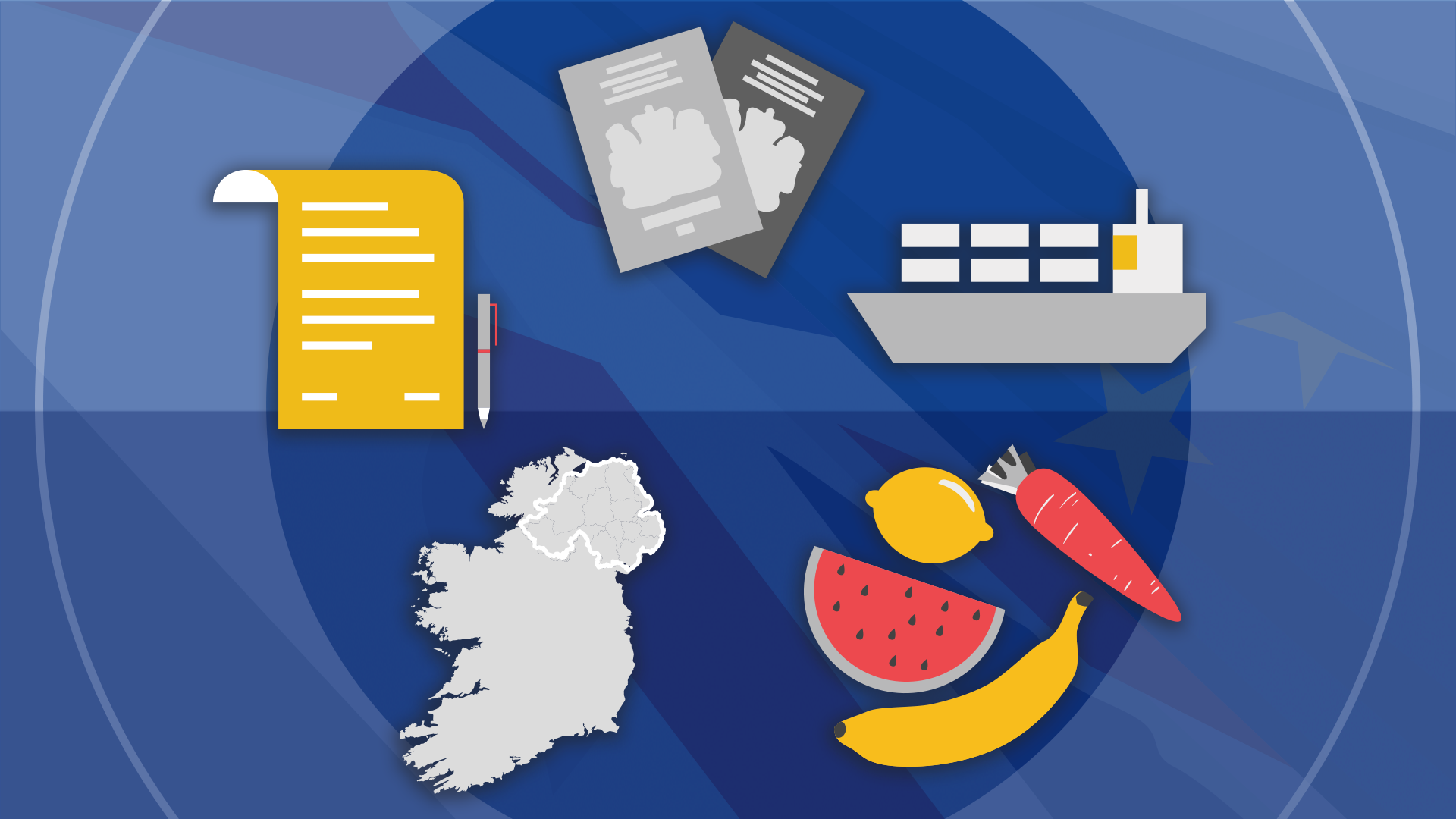
- Published19 December 2017
